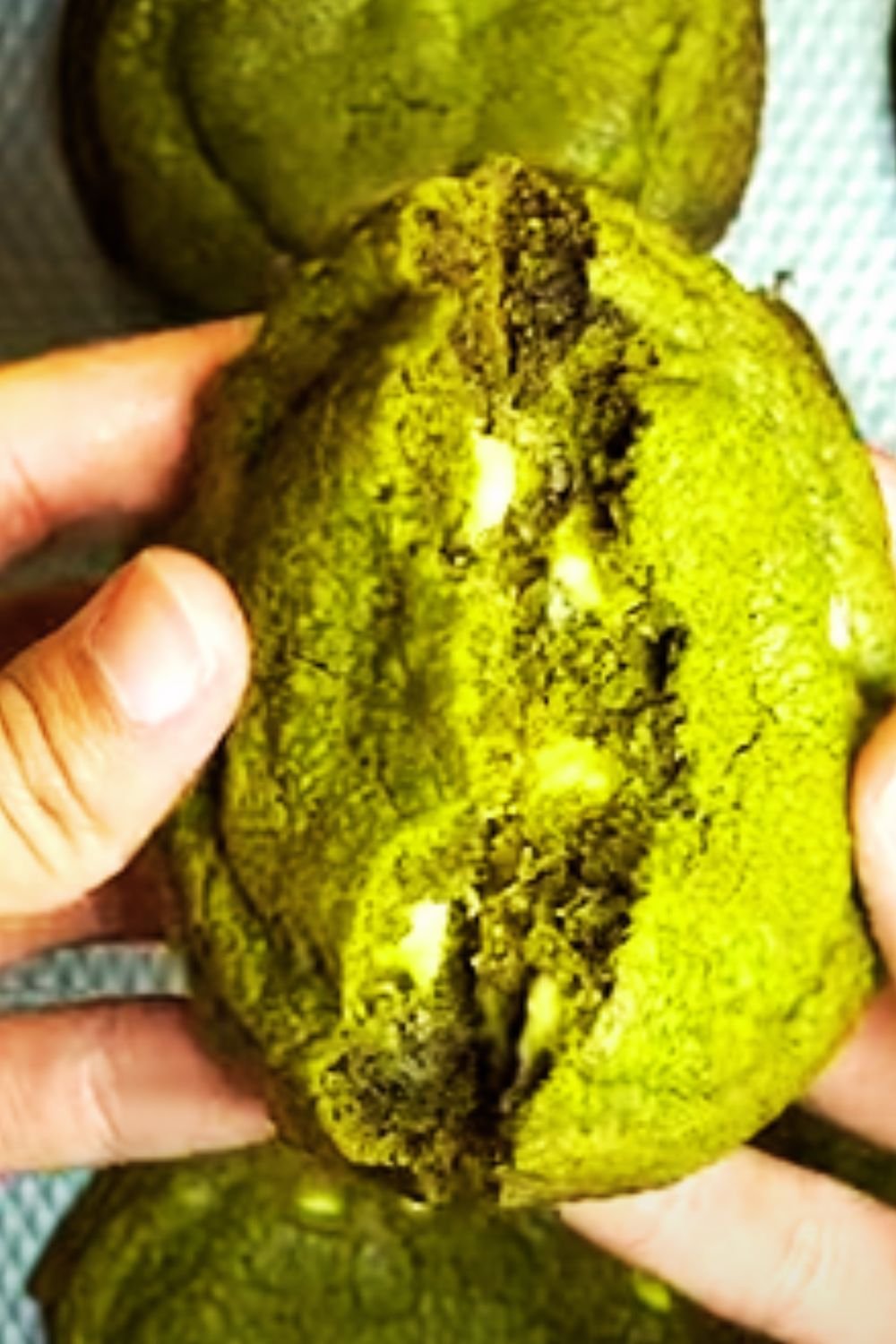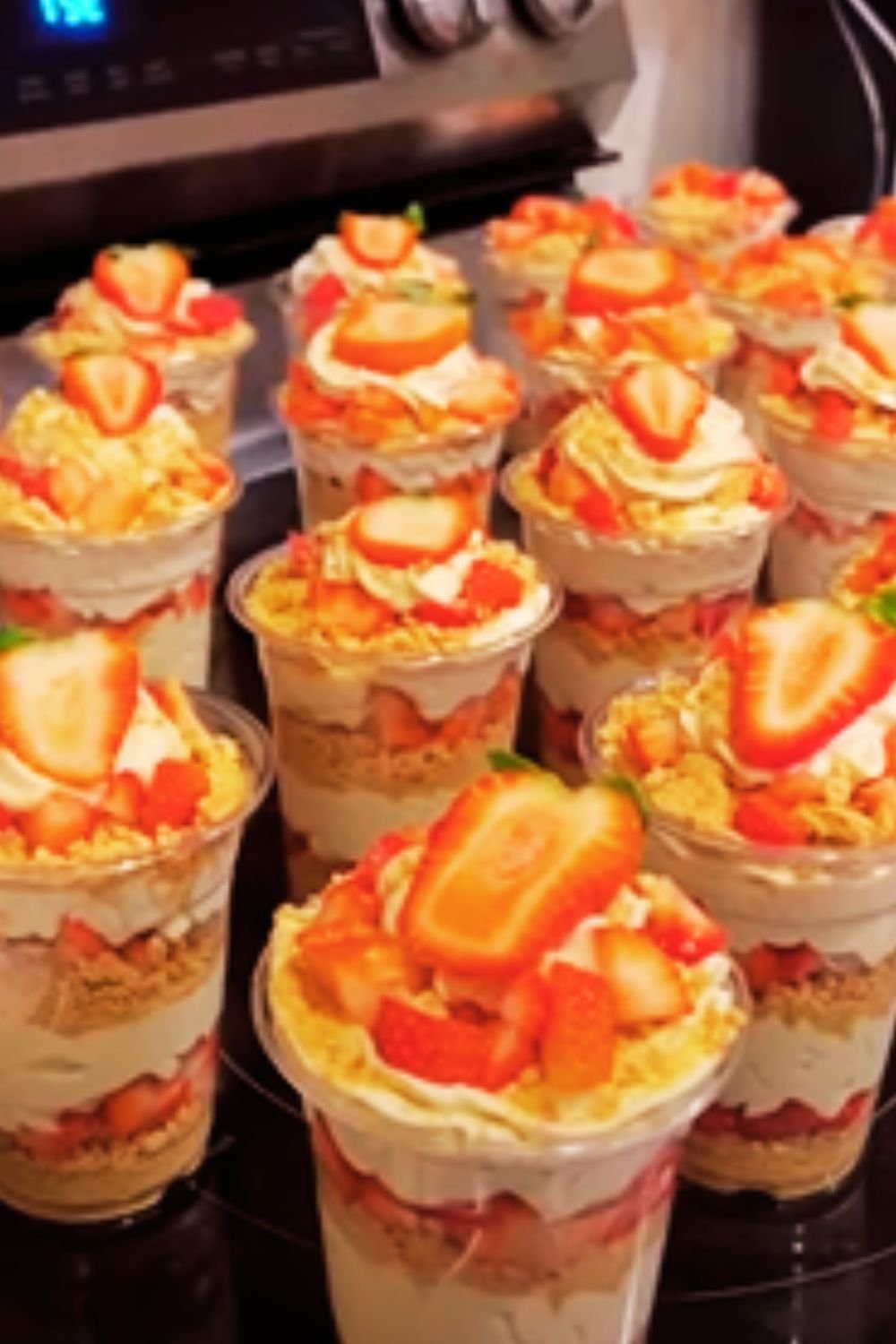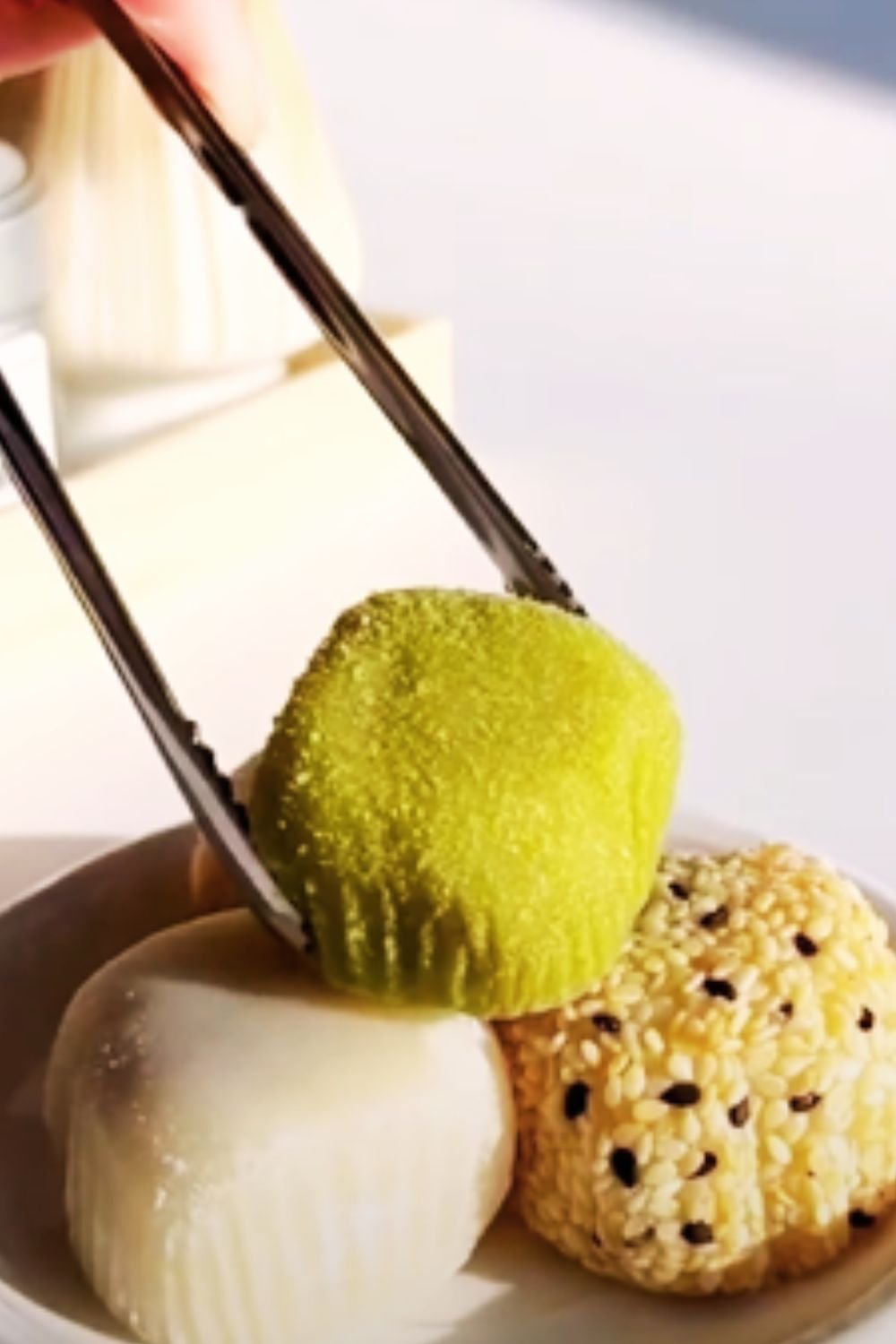Have you ever bitten into a cookie so delicate it literally melts in your mouth? That’s the magic of meltaway cookies, and when you add the earthy complexity of matcha and the bright zing of lemon, you get something truly extraordinary. I’ve been perfecting these Matcha Lemon Meltaway Cookies for years, and I’m thrilled to share my recipe with you today!
What Makes These Cookies Special
These cookies represent everything I love about culinary fusion. The traditional Western butter cookie meets Japanese matcha green tea powder, creating a delicate balance that’s both familiar and exotic. The addition of lemon brightens everything up, cutting through the richness with a refreshing citrus note.
What I find most enchanting about these cookies is their texture – they truly do “melt away” when you bite into them, dissolving into a burst of flavor that’s at once buttery, earthy, and zesty. They’re perfect for afternoon tea, elegant enough for special occasions, yet simple enough to make when you just need a special treat.
The Magic of Matcha
Matcha isn’t just any green tea – it’s a specific type of powdered tea that’s been central to Japanese tea ceremonies for centuries. Unlike regular tea where you steep the leaves and discard them, with matcha, you consume the entire leaf that’s been ground into a fine powder. This means you get all the nutritional benefits:
- Antioxidants: Matcha contains catechins, powerful antioxidants that help fight free radicals
- L-theanine: An amino acid that promotes relaxation without drowsiness
- Chlorophyll: Gives matcha its vibrant green color and helps detoxify the body
- Vitamins and minerals: Including vitamin C, selenium, chromium, zinc, and magnesium
When selecting matcha for baking, I recommend culinary-grade matcha. While it’s not as vibrant or complex as ceremonial grade, it’s specifically designed for cooking and baking and is considerably more affordable. The heat of baking diminishes some of matcha’s subtle notes anyway, so save your premium ceremonial matcha for drinking!
Ingredients You’ll Need
For these extraordinary cookies, you’ll need:
For the Cookies:
- 1 cup (226g) unsalted butter, softened
- ½ cup (60g) powdered sugar
- 1 tablespoon lemon zest (from about 1 large lemon)
- ½ teaspoon vanilla extract
- 2 cups (240g) all-purpose flour
- 2 tablespoons high-quality culinary-grade matcha powder
- ¼ teaspoon salt
For the Lemon Glaze:
- 1 cup (120g) powdered sugar
- 2-3 tablespoons fresh lemon juice
- ½ teaspoon lemon zest
For the Matcha Drizzle (Optional):
- ½ cup (60g) powdered sugar
- 1 teaspoon matcha powder
- 1-2 tablespoons milk or water
Equipment Essentials
Before we begin, make sure you have:
- Stand mixer or hand mixer
- Mixing bowls
- Measuring cups and spoons
- Microplane or zester for lemon zest
- Sifter for matcha and powdered sugar
- Baking sheets
- Parchment paper
- Wire cooling rack
- Small offset spatula (for glaze)
- Piping bag or small zip-top bag (for optional matcha drizzle)
The Step-by-Step Process
Making the Cookie Dough:
- Prep work: Preheat your oven to 325°F (165°C) and line two baking sheets with parchment paper.
- Cream butter and sugar: In a stand mixer fitted with the paddle attachment (or using a hand mixer), beat the softened butter and powdered sugar on medium speed until light and fluffy, about 3-4 minutes. I can’t stress enough how important this step is – proper creaming creates that melt-in-your-mouth texture!
- Add flavor: Mix in the lemon zest and vanilla extract until well combined.
- Combine dry ingredients: In a separate bowl, whisk together the flour, matcha powder, and salt. The matcha powder should be sifted to remove any lumps – trust me, this makes a huge difference in the final texture and appearance!
- Create the dough: Gradually add the dry ingredients to the butter mixture on low speed, mixing just until combined. Be careful not to overmix, as this can make your cookies tough.
- Chill the dough: Form the dough into a disk, wrap in plastic wrap, and refrigerate for at least 30 minutes. This step helps the butter solidify again, preventing the cookies from spreading too much during baking.
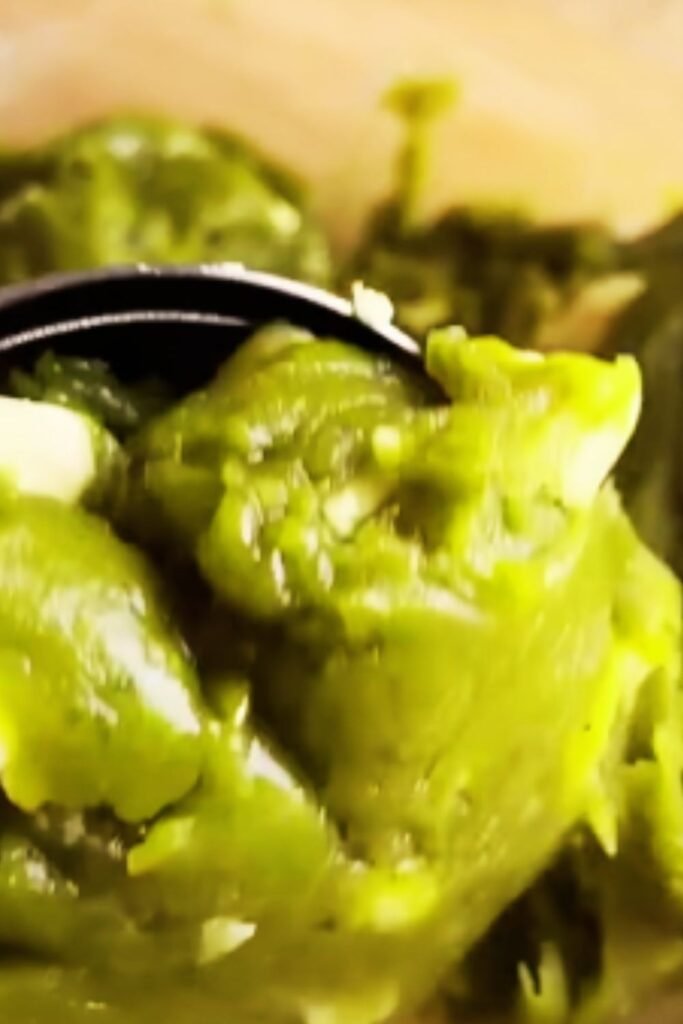
Shaping and Baking:
- Roll the dough: On a lightly floured surface, roll the chilled dough to about ¼-inch thickness. Keep your work surface cool – if your kitchen is warm, you might want to work on a marble pastry board if you have one.
- Cut into shapes: Use a small round cookie cutter (about 2 inches in diameter) to cut out circles. You can also use other shapes if you prefer!
- Arrange for baking: Place the cookies about 1 inch apart on the prepared baking sheets.
- Bake to perfection: Bake for 12-15 minutes. The cookies should remain pale with just the slightest hint of golden color at the edges. Don’t wait for them to brown – that would mean they’re overbaked!
- Cool completely: Allow the cookies to cool on the baking sheets for 5 minutes, then transfer to a wire rack to cool completely before glazing.
Creating the Lemon Glaze:
- Mix the glaze: In a small bowl, whisk together the powdered sugar, lemon juice, and lemon zest until smooth. Start with 2 tablespoons of lemon juice and add more as needed to achieve a consistency that’s thick but pourable.
- Glaze the cookies: Once the cookies are completely cool, dip the tops of each cookie into the glaze, allowing the excess to drip off. Place back on the wire rack to set.
Optional Matcha Drizzle:
- Prepare matcha drizzle: If using, whisk together powdered sugar and matcha powder, then add milk or water a little at a time until you reach a drizzling consistency.
- Add the artistic touch: Transfer the matcha drizzle to a small piping bag or zip-top bag with a tiny corner snipped off. Drizzle over the glazed cookies in a zigzag pattern.
- Allow to set: Let the glaze and drizzle set completely before serving or storing, about 1-2 hours.

Storing and Serving
These cookies will keep in an airtight container at room temperature for up to 5 days. For longer storage, you can freeze the unglazed cookies for up to 3 months – just thaw them at room temperature and add the glaze before serving.
For the ultimate experience, I recommend serving these delicate cookies with:
- A cup of traditional matcha tea for a double dose of that wonderful earthy flavor
- A light jasmine tea, which complements both the matcha and lemon beautifully
- A glass of iced green tea with mint for a refreshing summer treat
- A simple cup of hot water with lemon for those who prefer to let the cookie flavor shine solo
Tips for Matcha Success
Having made these cookies countless times, I’ve learned a few tricks that make all the difference:
Selecting the Right Matcha:
- Color matters: Look for matcha with a vibrant green color – brownish or dull green powders indicate lower quality or oxidation
- Freshness counts: Matcha’s flavor deteriorates over time, so buy from retailers with high turnover and store in an airtight container in the refrigerator
- Particle size: Higher quality matcha has a finer texture that feels silky between your fingers
Common Matcha Mistakes:
- Using hot water: When incorporating matcha into recipes, never use hot water to dissolve it first – this “cooks” the matcha and creates bitterness
- Skipping the sifting: Matcha naturally clumps, so always sift before adding to your dry ingredients
- Using too much: Matcha has a strong flavor that can quickly become overpowering – start with less if you’re new to its taste
Troubleshooting Cookie Issues:
| Problem | Possible Cause | Solution |
|---|---|---|
| Cookies spread too much | Butter too warm | Chill dough longer before rolling/cutting |
| Cookies too pale | Underbaked | Bake 1-2 minutes longer (but avoid browning) |
| Cookies too firm | Overbaked | Reduce baking time by 1-2 minutes |
| Matcha flavor too strong | Too much matcha | Reduce to 1-1.5 tablespoons |
| Matcha flavor too weak | Old or low-quality matcha | Use fresh, higher-quality matcha |
| Glaze too runny | Too much liquid | Add more powdered sugar |
| Glaze too thick | Not enough liquid | Add lemon juice a few drops at a time |
Dietary Adaptations
One thing I love about this recipe is how adaptable it is for different dietary needs:
Gluten-Free Version:
Replace the all-purpose flour with a high-quality gluten-free flour blend that contains xanthan gum. I’ve had great success with Cup4Cup and Bob’s Red Mill 1-to-1 baking flour.
Vegan Version:
- Replace butter with a high-quality vegan butter (Miyoko’s works beautifully)
- For the glaze, use non-dairy milk with a touch of additional lemon juice
Reduced Sugar Option:
While the powdered sugar contributes to the meltaway texture, you can reduce the sugar in the cookie dough by about 25% without significantly affecting the texture. The glaze, however, needs the full amount of sugar for proper consistency.
A Note on Matcha Quality
I want to emphasize the importance of quality when it comes to matcha. Lower quality matcha can taste bitter, grassy, or just plain unpleasant. For cookies, you don’t need the highest ceremonial grade (which can cost upwards of $30 for a small tin), but I do recommend avoiding the cheapest options.
Mid-range culinary grade matcha ($15-20 for 30g) will give you the beautiful color and balanced flavor that makes these cookies special. Some of my favorite brands include:
- Aiya
- Jade Leaf
- DoMatcha
- Ippodo
Remember that matcha should be stored in an airtight container in the refrigerator to maintain its vibrant color and flavor. Use it within 2-3 months of opening for best results.
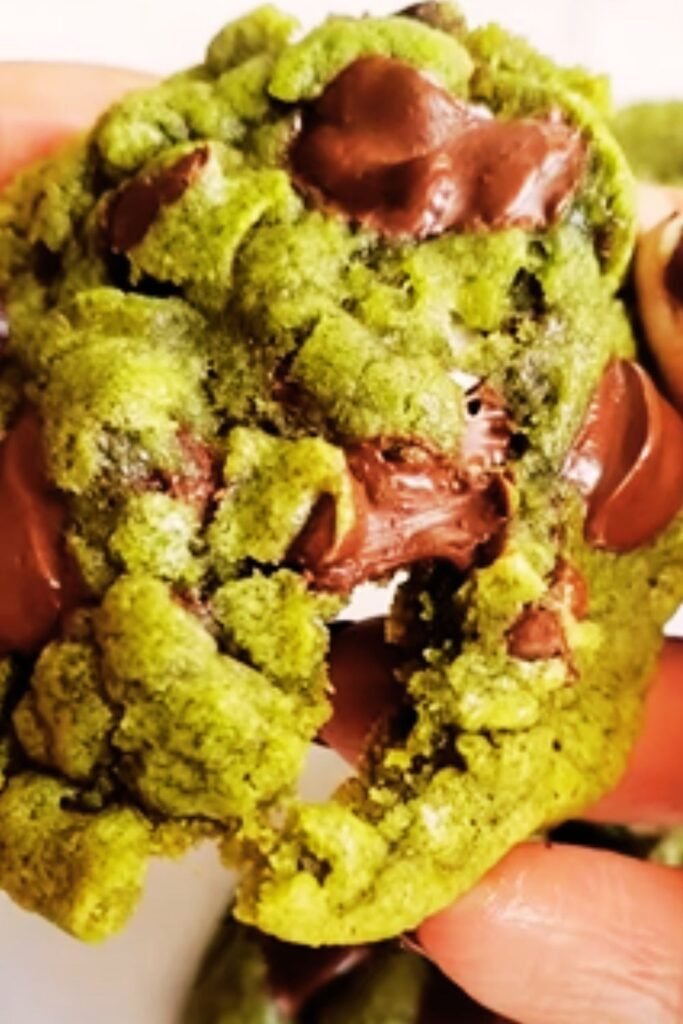
Perfect Pairings: Creating a Complete Experience
These cookies make a wonderful addition to any tea party or dessert spread. To create a cohesive flavor experience, consider pairing them with:
Complementary Desserts:
- Vanilla bean ice cream
- Lemon sorbet
- White chocolate truffles
- Fresh berries with a light honey drizzle
Savory Counterpoints:
- Light cucumber sandwiches
- Smoked salmon canapés
- Spinach and feta tartlets
- Miso-glazed nuts
The Cultural Significance
What I find most fascinating about these cookies is how they represent the beautiful cultural exchange of culinary traditions. Matcha has been central to Japanese tea ceremonies for centuries, embodying concepts of mindfulness and appreciation for subtle flavors. Meltaway cookies, on the other hand, have roots in European butter cookies that prioritize richness and texture.
When we combine these traditions, we create something that honors both while becoming something entirely new – much like the best aspects of cultural fusion throughout history. This is what makes cooking so magical to me – the ability to respectfully blend traditions and create new experiences.
Questions & Answers
Is culinary grade matcha really necessary, or can I use regular green tea? Regular green tea (even if finely ground) won’t work as a substitute for matcha. Matcha is made from specially grown and processed tea leaves that create its distinctive flavor and color. Culinary grade matcha is specifically intended for cooking and baking, making it perfect for these cookies.
Can I make the dough ahead of time? Absolutely! The dough can be made up to 3 days in advance and stored in the refrigerator. You can also freeze the dough for up to 3 months. Just make sure to wrap it tightly in plastic wrap and then place in a freezer bag. Thaw overnight in the refrigerator before rolling and cutting.
Why did my cookies lose their vibrant green color after baking? This can happen for two reasons: either the matcha quality wasn’t high enough (lower quality matcha oxidizes faster), or the cookies were baked too long. Remember that these cookies should not brown at all – they’re done when they’re just set but still pale.
Can I skip the lemon glaze? The lemon glaze adds both flavor and sweetness that balances the earthy matcha. However, if you prefer less sweetness, you could dust the cookies with a mixture of powdered sugar and a touch of matcha powder instead.
How do I prevent my cookies from spreading too much? The key is properly chilled dough and the right butter consistency. If you’re having trouble with spreading, try freezing the cut cookie shapes for 10 minutes before baking.
What if I don’t have a stand mixer? A hand mixer works just fine! You can even make these by hand with a wooden spoon and some elbow grease, though it will take longer to properly cream the butter and sugar.
Can I use matcha that has been open for a while? Matcha does oxidize and lose its flavor over time. If your matcha has been open for more than 2-3 months, I’d recommend getting fresh matcha for the best flavor and color.
How thick should I roll the dough? About ¼ inch is perfect – thick enough to create that meltaway texture but thin enough to cook through properly.
Find Your Perfect Balance
What makes these Matcha Lemon Meltaway Cookies truly special is finding the right balance between the three main flavor components: the buttery richness of the cookie base, the earthy complexity of matcha, and the bright acidity of lemon.
Don’t be afraid to adjust the proportions slightly to suit your personal taste. If you’re new to matcha, you might want to start with 1 tablespoon instead of 2. If you love lemon, add a bit more zest. Cooking is an art, and these cookies are your canvas!
I hope you enjoy making these unique cookies as much as I enjoy sharing the recipe. There’s something truly special about the moment when someone takes their first bite and experiences that perfect melt-in-your-mouth moment, followed by the complex dance of flavors. It’s a small culinary joy that makes all the effort worthwhile.
Happy baking!
